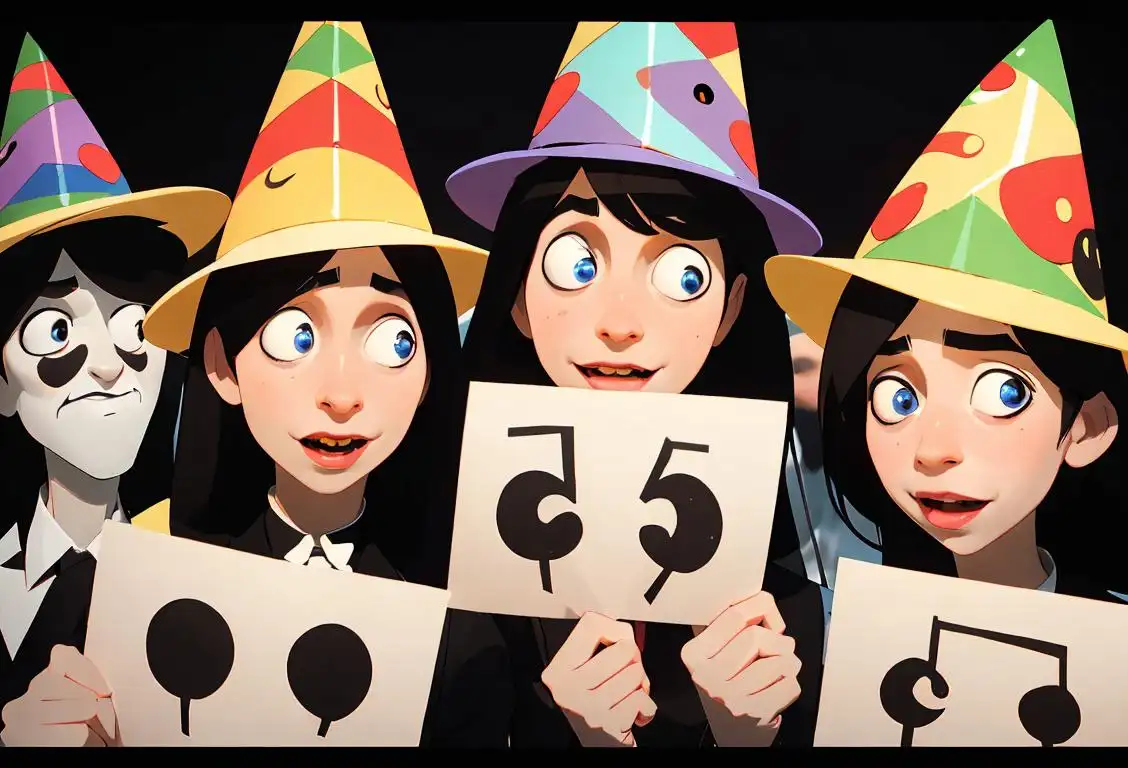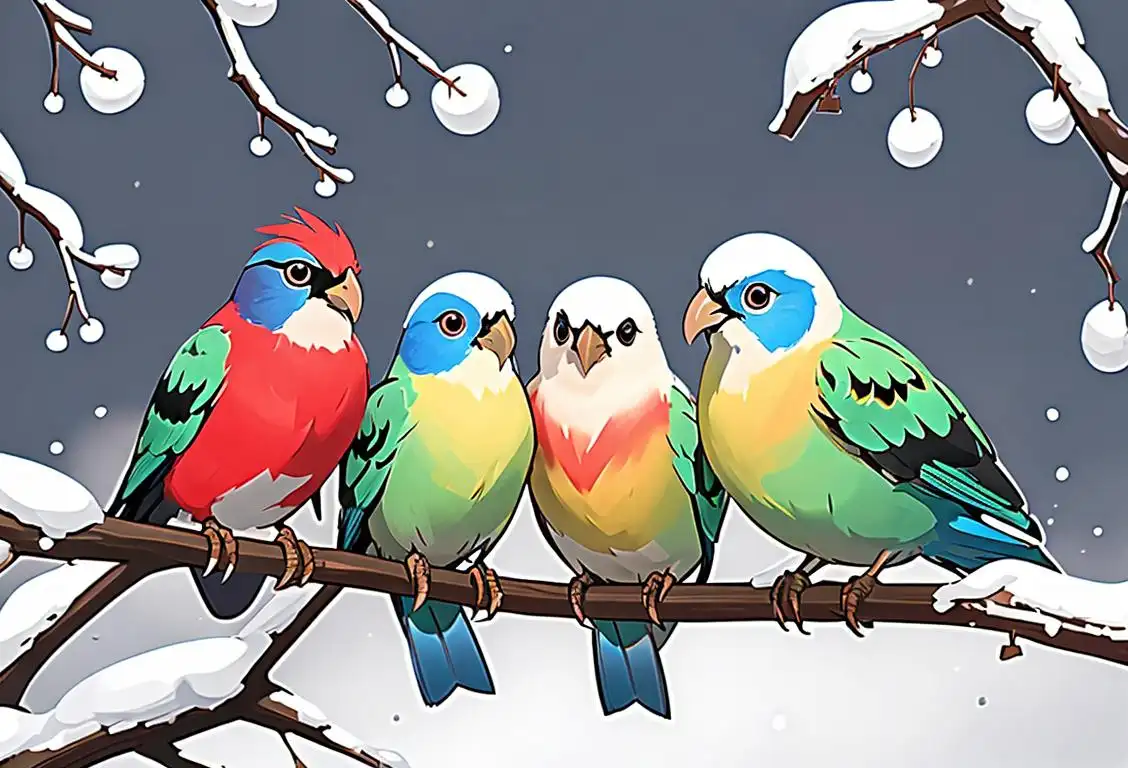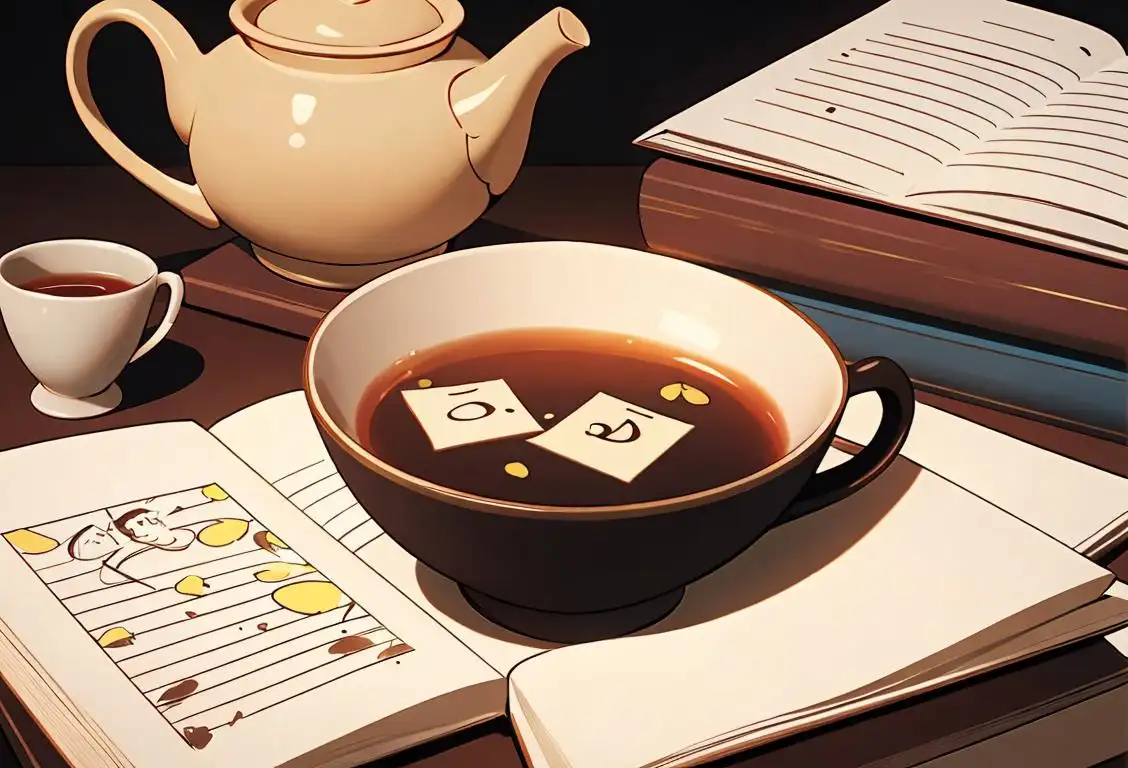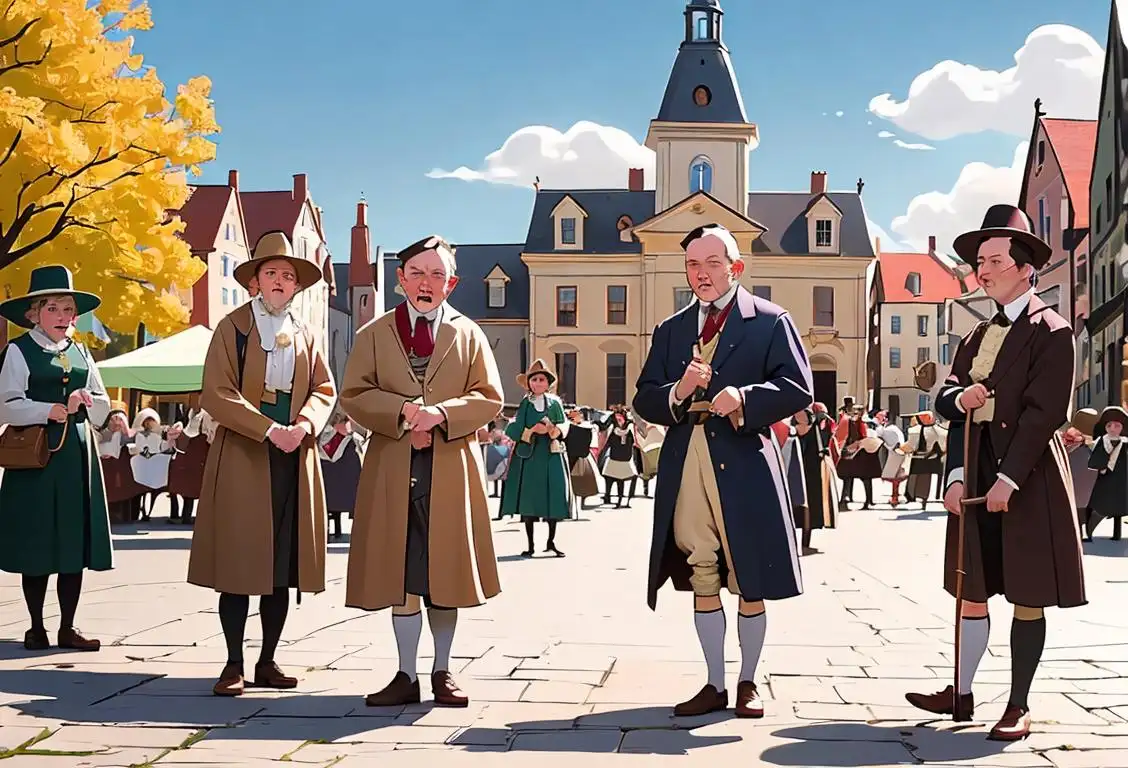National Punctuation Day

Once a year, on September 24th, grammar enthusiasts around the world put on their party hats adorned with commas, semi-colons, and exclamation points to celebrate something that really, truly, marks us as humans: National Punctuation Day! It might not sound like the wildest of parties, but trust us, it can be just as thrilling as a semicolon in a suspense novel.
When is Punctuation Day?
It's national punctuation day on the 24th September.
A Brief History of National Punctuation Day
Believe it or not, National Punctuation Day wasn't strictly invented by grammar-philes seeking to excuse to chatter about Oxford commas all day long (although, who needs an excuse?). It was, in fact, founded in 2004 by Jeff Rubin, an American punctuation enthusiast who simply felt like our trusty punctuation marks deserved a day in the spotlight. And boy, did they lap it up or what? Our records show an impressive 10204 mentions online with the biggest punctuation party happening on September 24, 2015.
What's The Fuss About?
Well, let's face it – punctuation marks really are the unsung heroes of our sentences. They give our words shape, direction, pause, emphasis and most importantly, make sure we don’t end up eating our grandparents (because 'Let's eat, Grandma' and 'Let's eat Grandma' paint entirely different pictures, don't they?). National Punctuation Day is a testament to their importance in communication.
How To Celebrate?
While there aren't any national parades or flashy firework displays dedicated to our favourite grammatical symbols (yet), we’ve heard of people throwing parties with punctuation themed cakes (exclamation mark-shaped anyone?), joining online discussions, or simply using the day as an excuse to pepper conversations with as many well-placed semi-colons as possible!
History behind the term 'Punctuation'
3rd century BCE
The Birth of Punctuation
Punctuation, as we know it today, traces its origins back to the 3rd century BCE in ancient Greece. In this era, Aristophanes of Byzantium, a renowned Greek scholar and librarian at the Library of Alexandria, introduced a system of dots and marks to guide readers in understanding the meaning and intonation of written texts. He called these dots and marks 'punctus', which in Latin means 'a point'. This was the earliest known attempt to establish a standard system for written language.
1st century BCE
The Birth of Punctuatio
During the 1st century BCE, Marcus Tullius Tiro, a Roman philosopher and scribe who served under Cicero, expanded on Aristophanes of Byzantium's work. Tiro developed a more elaborate system of punctuation using different symbols for pauses, breaks, and intonation. He named this system 'punctuatio', which means 'a pointing' in Latin. Tiro's system gained popularity across the Roman Empire and laid the foundation for modern punctuation.
8th century CE
The Influence of Irish Scholars
In the 8th century CE, Irish scholars played a significant role in the evolution of punctuation. They developed a system known as 'puncti ad custodes' or 'security marks' to aid in the pronunciation and interpretation of Latin texts. These marks were placed above specific letters to indicate how they should be pronounced. The Irish scholars' contributions enriched the existing system of punctuation and broadened its scope.
14th century CE
Punctuation in the Gutenberg Bible
The invention of the printing press by Johannes Gutenberg in the 15th century revolutionized the dissemination of knowledge. The Gutenberg Bible, printed in the mid-1450s, marked a turning point in the use of punctuation. It featured standardized punctuation marks, including the comma, colon, and period, which were crucial for clarity in the printed text. The Gutenberg Bible popularized these punctuation marks and set a precedent for future publications.
16th century CE
The Punctuation Renaissance
Throughout the 16th century CE, punctuation rules became increasingly standardized and formalized. Punctuation marks were refined, and their usage was codified in grammar books and style guides. Pioneering scholars such as Aldus Manutius and Johannes Trithemius made significant contributions to the development and promotion of consistent punctuation rules across Europe. The Renaissance brought about a renewed emphasis on clear and effective communication through proper punctuation.
19th-20th century
Punctuation in the Modern Age
In the 19th and 20th centuries, punctuation underwent further refinements and adaptations to keep up with the evolving needs of literature, journalism, and communication. Punctuation marks like the quotation marks, exclamation mark, and question mark became more widely used and standardized. The typewriter and later word processors played a vital role in popularizing punctuation, making it more accessible and easier to use.
Did you know?
Here's a fun, punctuation related fact: The exclamation mark originated from the Latin word 'lo', which meant joy or wonder. It was written as 'Io', with time the 'I' moved above 'o' and eventually evolved into the '!' we use today.Tagged
awareness fun education communication grammar geeksFirst identified
12th April 2015Most mentioned on
24th September 2015Total mentions
10204Other days
Punctuation Day
Mathematics Day
Bird Day
Grammar Day
History Day
Student Athlete Day
School Nurse Day
Education Day
Teacher Appreciation Day
Puzzle Day








